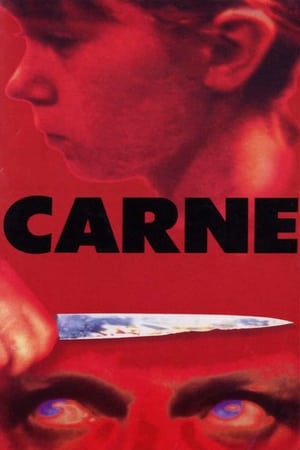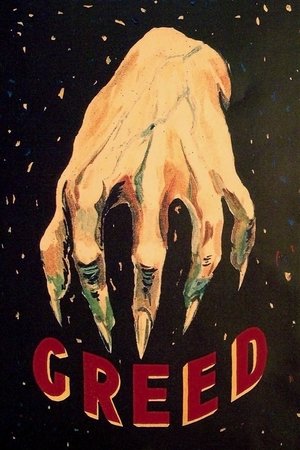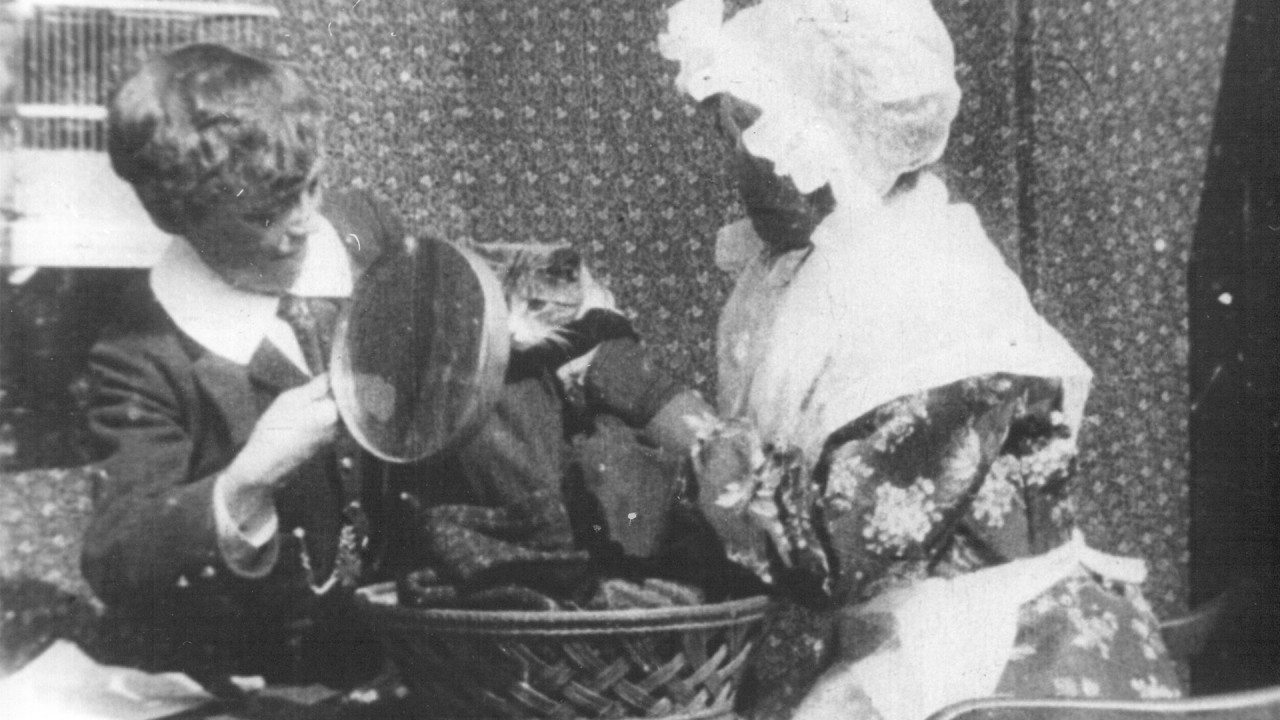
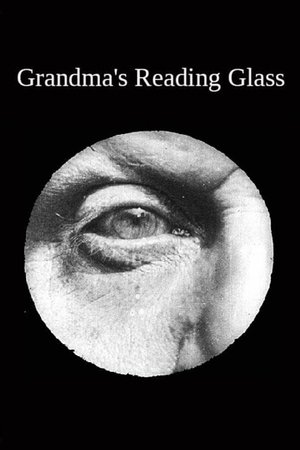
Grandma's Reading Glass(1900)
A child borrows his grandmother's magnifying glass to look at a newspaper ad for Bovril, at a watch, and then at a bird. The child shows grandma what he is doing. The child looks next at grandma's eye, then at a kitten.
Movie: Grandma's Reading Glass
Top 1 Billed Cast
Willy, the Little Grandson

Grandma's Reading Glass
HomePage
Overview
A child borrows his grandmother's magnifying glass to look at a newspaper ad for Bovril, at a watch, and then at a bird. The child shows grandma what he is doing. The child looks next at grandma's eye, then at a kitten.
Release Date
1900-11-01
Average
6.3
Rating:
3.1 startsTagline
Genres
Languages:
No LanguageKeywords
Recommendations Movies
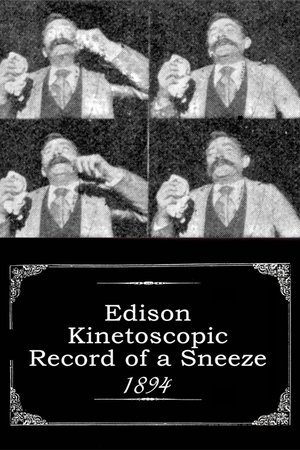 4.9
4.9Edison Kinetoscopic Record of a Sneeze(xx)
A man (Thomas Edison's assistant) takes a pinch of snuff and sneezes. This is one of the earliest Thomas Edison films and was the second motion picture to be copyrighted in the United States.
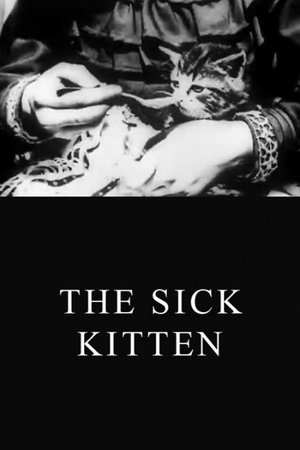 5.6
5.6The Sick Kitten(en)
A simple scene of two rather flamboyantly-dressed Edwardian children attempting to feed a spoonful of medicine to a sick kitten. The film is important for being one of the earliest films to cut to a close-up, then back again to the same medium shot as before.
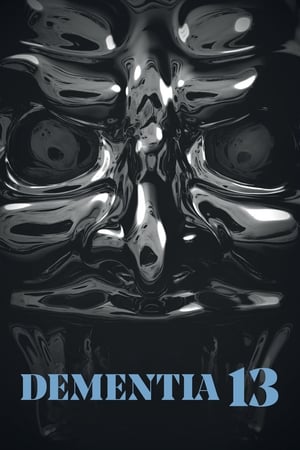 4.8
4.8Dementia 13(en)
A vengeful ghost, a mysterious killer, and a family where everyone has a secret converge in one night of terror in this remake of Francis Ford Coppola's first feature film.
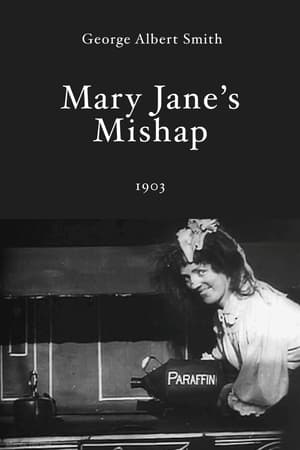 5.8
5.8Mary Jane's Mishap(en)
Mary Jane tries to light the oven. When she's unsuccessful, she plays around, getting black boot polish on her face. She mugs before a mirror. Then, it's back to work. When the stove still won't light, she pours in paraffin, winks at the camera, and lights a match. Kaboom! Is there any rest for the foolish, even in the grave?
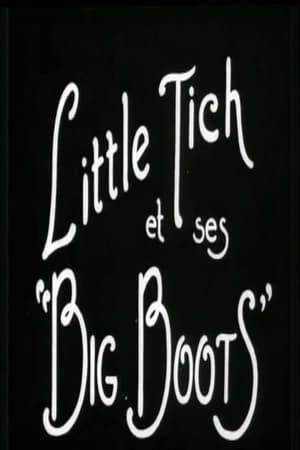 6.9
6.9Little Tich and His Funny Feet(fr)
"This funny individual will make you laugh until your sides ache. He is funny in all his actions, yet when he puts on his shoes you can imagine the noise he can make when he dances an ordinary clog. The shoes referred to are made of some elastic material which enables Little Tich to bow almost to the floor without bending his legs, the spring in the shoes carrying him down and up again. He places his hat on the floor and, leaning over on the toes of his wonderful shoes, dips his head into the hat and comes up without having to move from the spot or to bend his legs. He is a comical looking sight at best, being made up to suit the part, and he will make you laugh whether you want to or not."
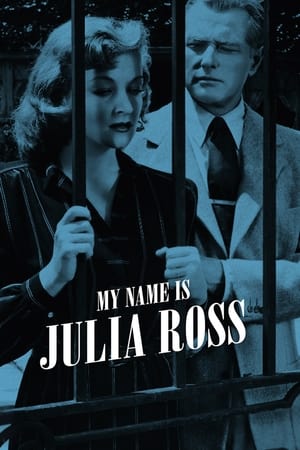 6.7
6.7My Name Is Julia Ross(en)
Julia Ross secures employment with a wealthy widow and goes to live at her house. Two days later, she awakens in a different house in different clothes and with a new identity.
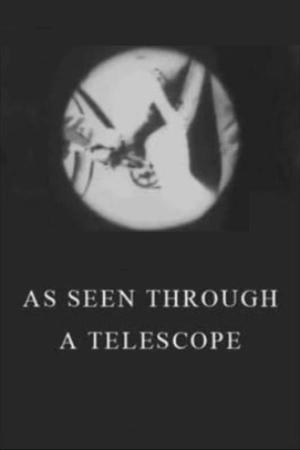 5.5
5.5As Seen Through a Telescope(en)
An elderly gentleman in a silk hat sits on a stool in front of a store on the main street of town. He has a telescope that focuses on the ankle of a young woman who is a short distance away. Her husband catches the gent looking. What will the two men do now?
Voices in the Tunnels(en)
A group of intrepid filmmakers explore the abandoned subway tunnels beneath New York City in search of the mole people.
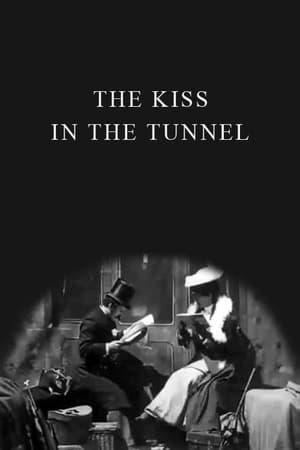 5.8
5.8The Kiss in the Tunnel(en)
Produced and directed by George Albert Smith, the film shows a couple sharing a brief kiss as their train passes through a tunnel. The Kiss in the Tunnel is said to mark the beginnings of narrative editing. It is in fact, two films in one, hence the 2 min length. Firstly, the G.A. Smith film here for the central cheeky scene in the carriage. The train view footage however is Cecil Hepworth's work, entitled 'View From An Engine Front - Shilla Mill Tunnel', edited into two halves in order to provide a visual narrative of the train entering the tunnel before the kiss and then leaving afterwards. More information about the filming of the phantom train ride can be found searching for the Hepworth film separately.
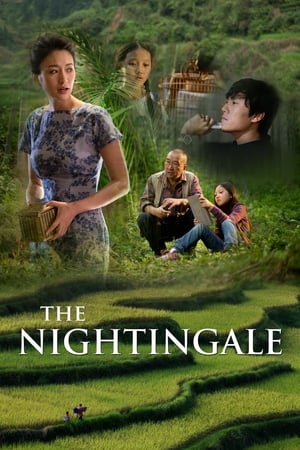 7.1
7.1The Nightingale(zh)
In order to keep a promise he made to his wife, an old man sets off to her native village with a bird in a cage. Along the road, together with his granddaughter, he discovers new values, particularly those related to the heart.
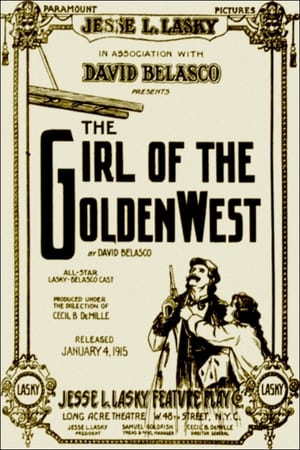 5.5
5.5The Girl of the Golden West(en)
A saloon hostess loves Ramerrez, a notorious highwayman. Sheriff Jack Rance, who loves the girl too, instigates a card game that will determine the fate of all three of them. If she wins, the girl's lover will go free; but if she loses…
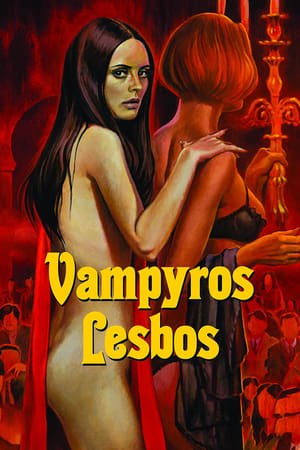 5.7
5.7Vampyros Lesbos(es)
An erotic horror tale about a vixen vampiress seducing and killing women to appease her insatiable thirst for female blood.
 8.7
8.7Kill Shot(en)
Posing as hunters, a group of terrorists are in search of $100 million that was stolen and lost in a plane crash en route from Afghanistan.
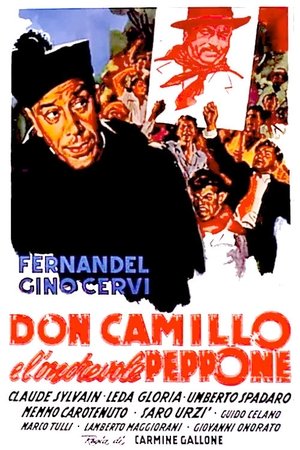 7.2
7.2Don Camillo's Last Round(it)
Bewildered, Don Camillo learns that Peppone intends to stand for parliament. Determined to thwart his ambitions, the good priest, ignoring the recommendations of the Lord, decides to campaign against him.
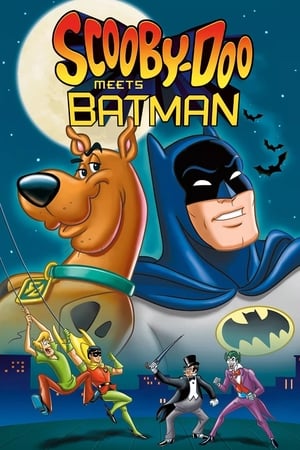 8.2
8.2Scooby-Doo Meets Batman(en)
Scooby-Doo Meets Batman is a video compilation from Warner Bros. Home Entertainment. It consists of two episodes from Hanna-Barbera's The New Scooby-Doo Movies, "The Dynamic Scooby Doo Affair" and "The Caped Crusader Caper", where Scooby-Doo and the gang team up with Batman and Robin to capture Joker and the Penguin.
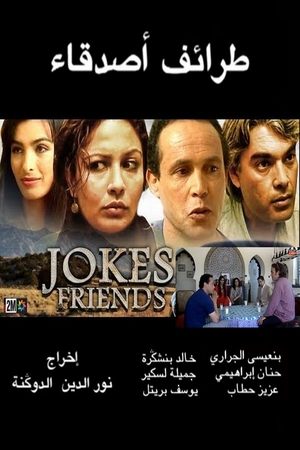 6.6
6.6Friends Jokes(ar)
The film tells a story speaks of "Yusuf ", a plumbing Man, who is exposed to many pranks by his friends.
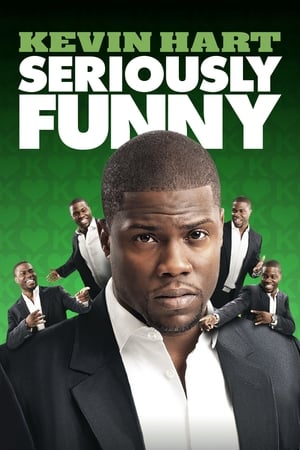 7.0
7.0Kevin Hart: Seriously Funny(en)
Fresh off the heels of appearing in movies like Superhero Movie and The 40 Year-Old Virgin, fast-talking comedian Kevin Hart stars in his second live stand-up performance in Cleveland, Ohio, where he makes fun of everything and everybody - especially himself.
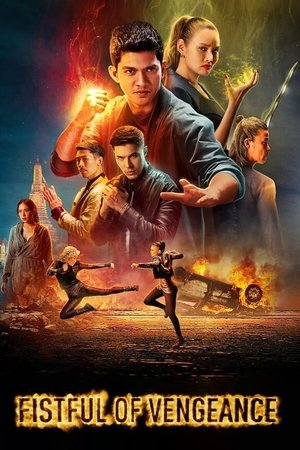 5.6
5.6Fistful of Vengeance(en)
A revenge mission becomes a fight to save the world from an ancient threat when superpowered assassin Kai tracks a killer to Bangkok.
 9.4
9.4Scooby-Doo! and the Safari Creatures(en)
The gang flies off to Africa for a video animal safari titled 'So Goodi!,' only to learn that - zoinks! - the creatures are actually shape-shifting jungle demons! In Homeward Hound, a "fiercely fanged" cat creature petrifies the competing pooches at a dog show, including the visiting Scooby-Doo! Finally, a giant Wakumi bird is stealing sculptures that are scheduled to be housed in a museum in New Mexico, Old Monster. There's never a dull moment when Scooby-Doo enters the scene!
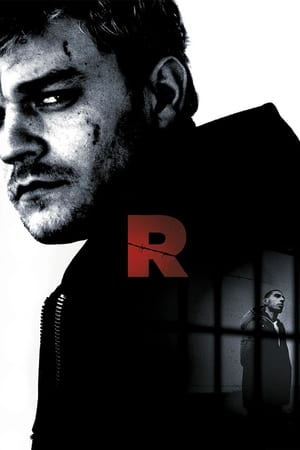 6.9
6.9R(da)
The R of the title stands for the young protagonist, Rune, fearlessly played by Pilou Asbæk. Imprisoned for violent assault, he's a cocky, good-looking young man placed in the hardcore ward, where his survival depends on quickly learning the prison's parallel world of rules, honor, and obligations. R also stands for Rachid, a young Muslim prisoner who becomes Rune's friend and accomplice, defying the rigid racial stratifications among the inmates.
Similar Movies
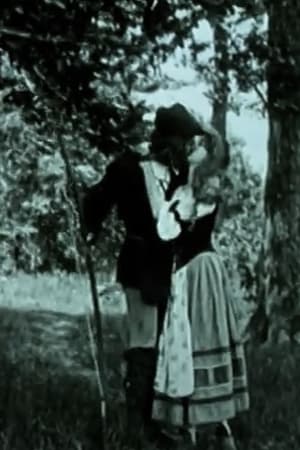 5.0
5.0Robin Hood(en)
Robin Hood is a 1912 film made by Eclair Studios when it and many other early film studios in America's first motion picture industry were based in Fort Lee, New Jersey at the beginning of the 20th century. The movie's costumes feature enormous versions of the familiar hats of Robin and his merry men, and uses the unusual effect of momentarily superimposing images different animals over each character to emphasize their good or evil qualities. The film was directed by Étienne Arnaud and Herbert Blaché, and written by Eustace Hale Ball. A restored copy of the 30-minute film exists and was exhibited in 2006 at the Museum of Modern Art in New York City.
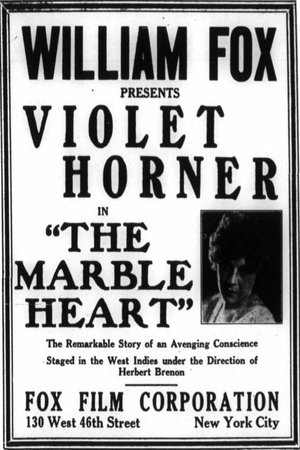 1.0
1.0The Marble Heart(en)
Therese Roger, daughter of a West Indian planter, whose parents are murdered while she is a baby, becomes the adopted daughter of her aunt, Madame Roger, keeper of a haberdashery shop in one of the smaller villages in southern France. She grows up with Camille, Madame Roger's son, a sickly, sexless creature, whom she ultimately marries in deference to her aunt's wishes.
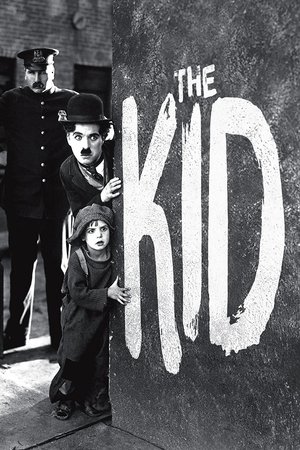 8.2
8.2The Kid(en)
A tramp cares for a boy after he's abandoned as a newborn by his mother. Later the mother has a change of heart and aches to be reunited with her son.
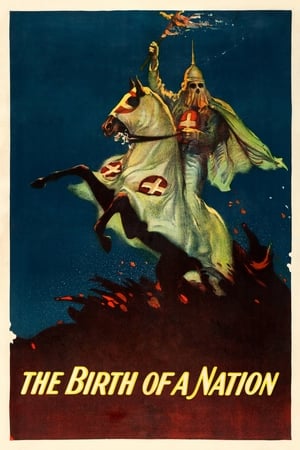 6.0
6.0The Birth of a Nation(en)
Two families, abolitionist Northerners the Stonemans and Southern landowners the Camerons, intertwine. When Confederate colonel Ben Cameron is captured in battle, nurse Elsie Stoneman petitions for his pardon. In Reconstruction-era South Carolina, Cameron founds the Ku Klux Klan, battling Elsie's congressman father and his African-American protégé, Silas Lynch.
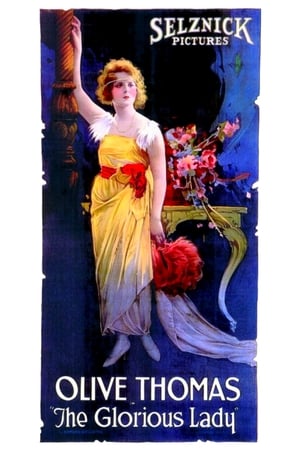 6.0
6.0The Glorious Lady(en)
During an annual celebration in which English peasants and aristocrats mingle, the Duke of Loame is thrown from his horse and saved by Ivis Benson, the daughter of a tenant farmer. Both injured, they fall in love, to the dismay of his mother and Lady Eileen, his intended bride.
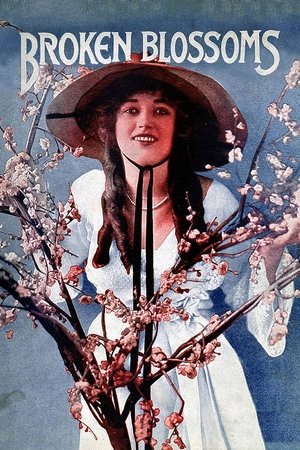 6.9
6.9Broken Blossoms or The Yellow Man and the Girl(en)
The love story of an abused English girl and a Chinese Buddhist in a time when London was a brutal and harsh place to live.
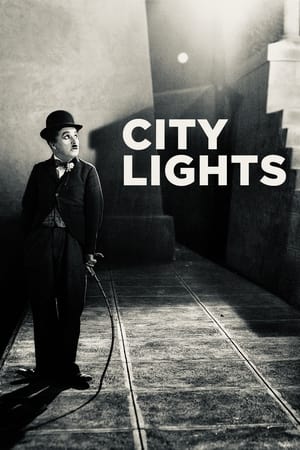 8.3
8.3City Lights(en)
A tramp falls in love with a beautiful blind flower girl. His on-and-off friendship with a wealthy man allows him to be the girl's benefactor and suitor.
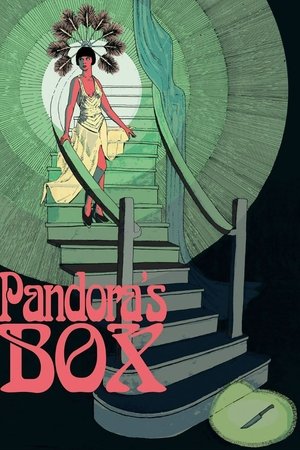 7.5
7.5Pandora's Box(de)
Lulu is a young woman so beautiful and alluring that few can resist her siren charms. The men drawn into her web include respectable newspaper publisher Dr. Ludwig Schön, his musical producer son Alwa, circus performer Rodrigo Quast, and seedy old Schigolch. When Lulu's charms inevitably lead to tragedy, the downward spiral encompasses them all.
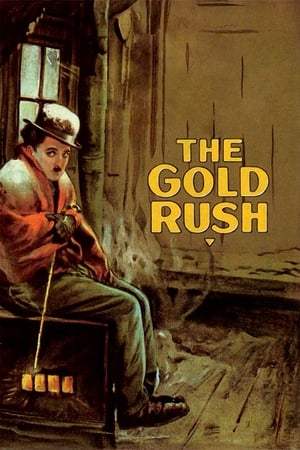 8.0
8.0The Gold Rush(en)
A gold prospector in Alaska struggles to survive the elements and win the heart of a dance hall girl.
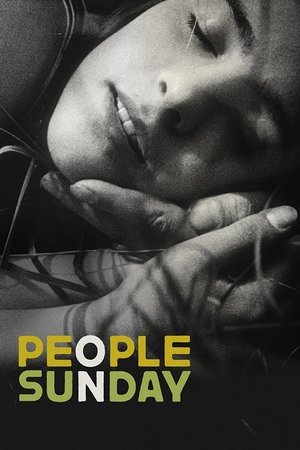 7.2
7.2People on Sunday(de)
A semi-documentary experimental 1930 German silent film created by amateurs with a small budget. With authentic scenes of the metropolis city of Berlin, it's the first film from the later famous screenwriters/directors Billy Wilder and Fred Zinnemann.
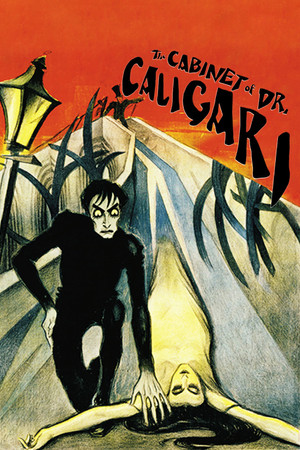 7.9
7.9The Cabinet of Dr. Caligari(de)
Francis, a young man, recalls in his memory the horrible experiences he and his fiancée Jane recently went through. Francis and his friend Alan visit The Cabinet of Dr. Caligari, an exhibit where the mysterious doctor shows the somnambulist Cesare, and awakens him for some moments from his death-like sleep.
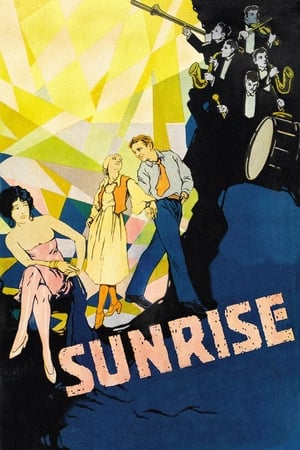 7.8
7.8Sunrise: A Song of Two Humans(en)
A married farmer falls under the spell of a slatternly woman from the city, who tries to convince him to drown his wife.
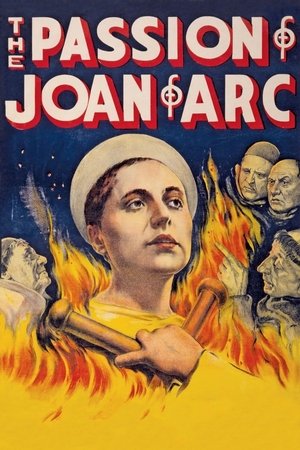 8.0
8.0The Passion of Joan of Arc(fr)
A classic of the silent age, this film tells the story of the doomed but ultimately canonized 15th-century teenage warrior. On trial for claiming she'd spoken to God, Jeanne d'Arc is subjected to inhumane treatment and scare tactics at the hands of church court officials. Initially bullied into changing her story, Jeanne eventually opts for what she sees as the truth. Her punishment, a famously brutal execution, earns her perpetual martyrdom.
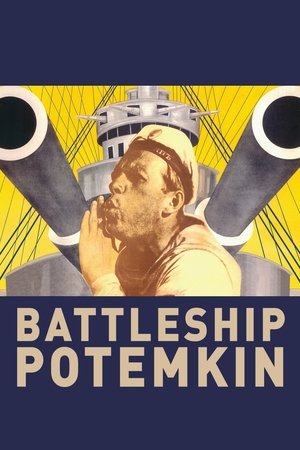 7.6
7.6Battleship Potemkin(ru)
A dramatized account of a great Russian naval mutiny and a resultant public demonstration, showing support, which brought on a police massacre. The film had an incredible impact on the development of cinema and is a masterful example of montage editing.
 7.1
7.1Nanook of the North(en)
This pioneering documentary film depicts the lives of the indigenous Inuit people of Canada's northern Quebec region. Although the production contains some fictional elements, it vividly shows how its resourceful subjects survive in such a harsh climate, revealing how they construct their igloo homes and find food by hunting and fishing. The film also captures the beautiful, if unforgiving, frozen landscape of the Great White North, far removed from conventional civilization.
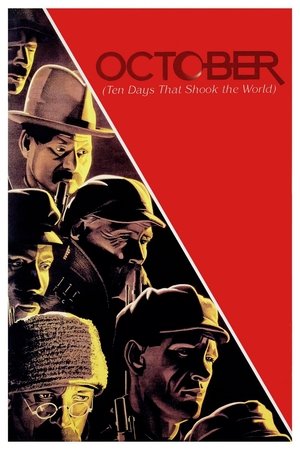 6.9
6.9October (Ten Days that Shook the World)(ru)
Sergei M. Eisenstein's docu-drama about the 1917 October Revolution in Russia. Made ten years after the events and edited in Eisenstein's 'Soviet Montage' style, it re-enacts in celebratory terms several key scenes from the revolution.
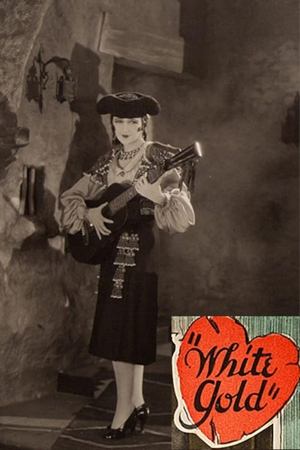 5.9
5.9White Gold(en)
A sheep farmer brings his new wife to his father's ranch and the old man takes an instant dislike to her.
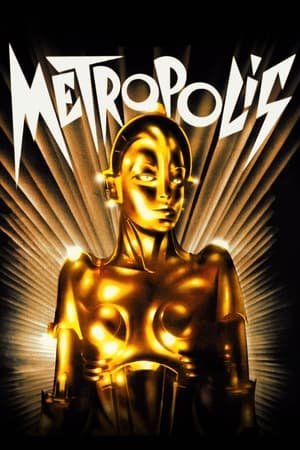 8.1
8.1Metropolis(de)
In a futuristic city sharply divided between the rich and the poor, the son of the city's mastermind meets a prophet who predicts the coming of a savior to mediate their differences.
